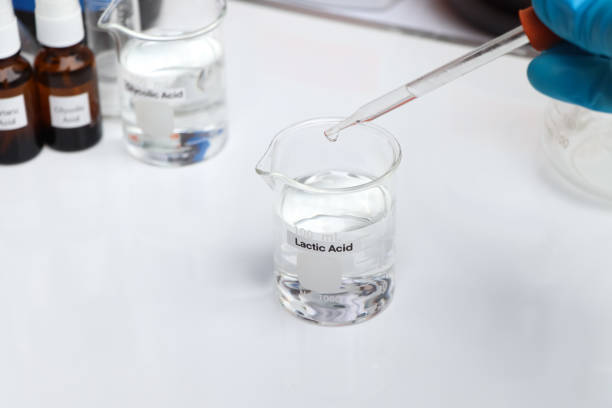Lactic acidosis is a condition that involves elevated levels of lactic acid in the bloodstream. Lactic acid, also called lactate, is produced naturally in your body and can be used as energy when there is an inadequate supply of oxygen. The body converts glucose to lactate for use as energy; this process is called anaerobic glycolysis. It happens when there is an immediate need for energy that can’t be obtained from oxygen.
Aerobic metabolism happens naturally in the body and relies on oxygen for energy supply, but when this is unavailable, the backup plan is anaerobic glycolysis. So, lactic acidosis is when the body produces more lactate than it uses. The buildup of lactic acid in the body increases the body’s pH and causes an imbalance. The usual range of lactate in the body is 2 mmol/L, but it becomes too much when it goes up to 4 mmol/l or more. This can lead to death, organ failure, or shock.
Causes
Lactic acidosis can be caused by low levels of oxygen in the blood or tissues; this may result from an underlying medical condition. It may also be caused by the inability of the kidney or liver to clear lactate from the blood. The common underlying causes of lactic acidosis include
- Sepsis.
- Cardiogenic or hypovolemic shock.
- Severe trauma.
- Severe heart failure.
- Kidney conditions.
- HIV treatment.
- Liver problems.
- Diabetes Mellitus.
- Short bowel syndrome.
- Extreme physical exercise.
- Alcoholism.
Symptoms of Lactic Acidosis
The early symptoms of lactic acidosis include:
- Exhaustion and fatigue.
- Nausea and vomiting.
- Muscle cramps.
- Body aches.
- Fast, deep breathing.
Some more severe symptoms include:
- Ataxia.
- Increasing weakness.
- Drowsiness.
- Oliguria.
- Delirium and confusion.
If the underlying conditions causing the lactic acidosis include sepsis, liver failure or shock, then you may experience symptoms like fever, low body temperature, jaundice and low blood pressure.
Treatment
Lactic acidosis can be treated by addressing the underlying cause so that the excess lactic acid can be metabolised. While diagnosing the underlying cause of lactic acidosis, some treatments can be provided first to support oxygen circulation in the body.
Such treatments include:
- Oxygen via a face mask or another way.
- IV fluid to promote circulation.
- Vitamin therapy.
- Positive pressure ventilation to circulate oxygen to the lungs.
- Haemodialysis with bicarbonate.
If lactic acidosis is caused by exercising, you can stop what you are doing, rest, and drink water to rehydrate.
Although lactic acidosis is a temporary condition that can be resolved with treatment, it can also become more complicated if other health conditions are involved. So, you need to know that successful treatment will depend on managing the underlying cause.



